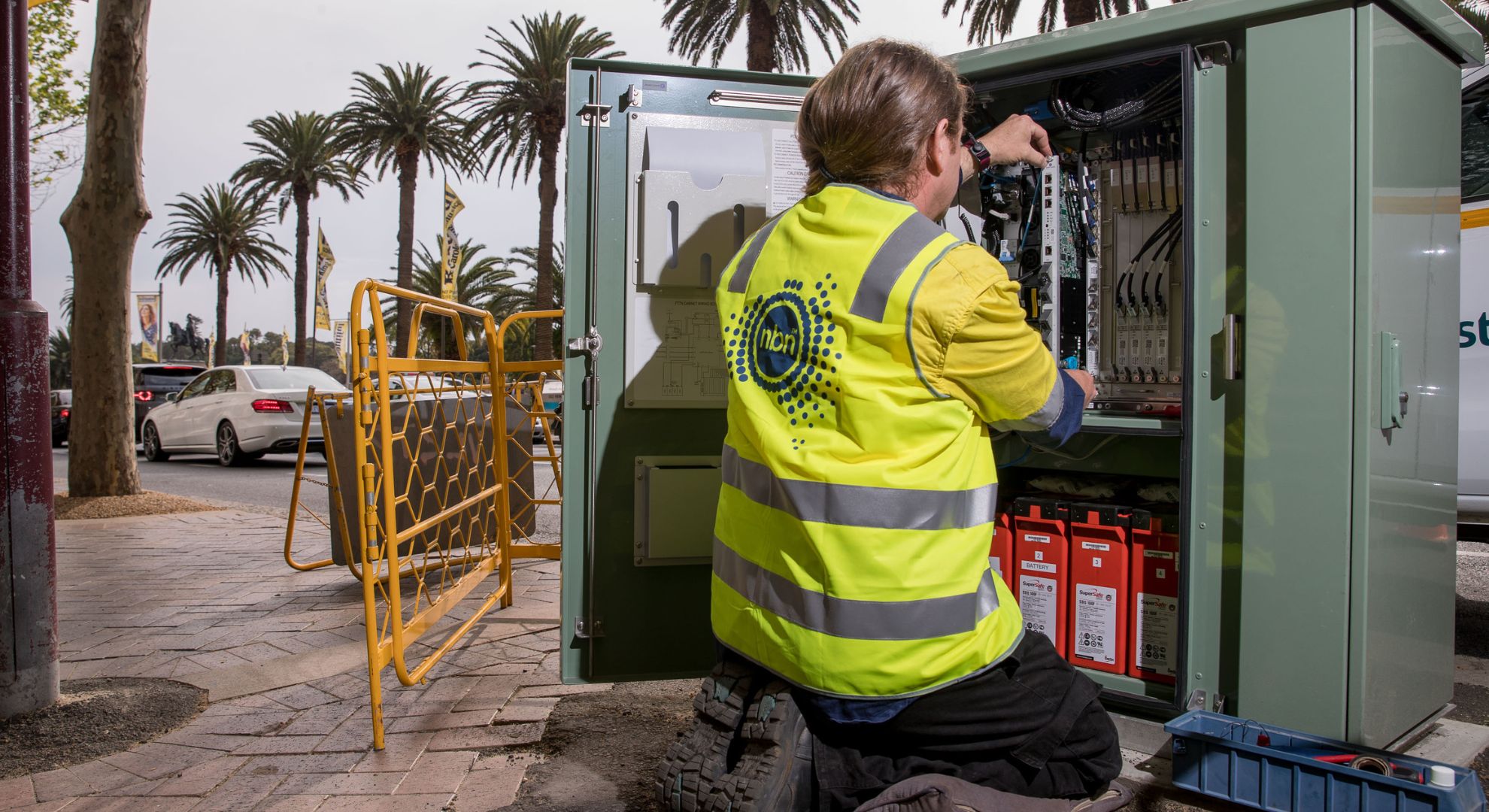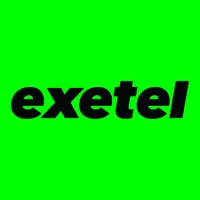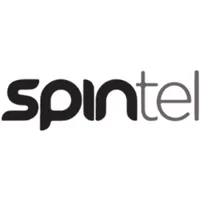Best NBN 500 plans: my expert picks for Australia's top-value internet option
Fairly priced and with more than enough speed for most homes – an NBN 500 plan hits the sweet spot.

The best NBN 500 plans are, in my opinion, the perfect option for most Australian homes. Not only have they been adopted by virtually all of Australia's major telcos, but since they arrived at no extra cost as a 5x speed boost to 100Mbps plans, they represent sensational value.
The main thing you need to be aware of is that in order to sign up for an NBN 500 plan, you need to connect to the fixed-line NBN via fibre to the premises (FTTP) or hybrid fibre coax (HFC). If you don't, you're likely eligible for the free NBN fibre upgrade. It could definitely pay to make the upgrade, as some providers such as Spintel are actually offering an NBN 500 plan for less than the 100Mbps option.
If you do connect via either of these, and have previously signed up to one of the best NBN 100 plans, you should have now received the 5x speed boost upgrade for free.
Below you'll find our top recommendations for an NBN 500 plan, but be sure to view more prices via the price comparison tool.
Best NBN 500 plans
Best overall
Why you can trust TechRadar
Cheapest first-year cost
Tangerine Speedy Max | NBN 500 | AU$68.90p/m (first 12 months, then AU$88.90p/m)
<p>Thanks to an early Black Friday deal that's shaved a huge AU$240 off the total first year cost, Tangerine’s NBN 500 plan is one well worth checking out if you want faster download speeds for less. The telco doesn’t yet quote a typical evening speed figure, given the plan’s relative infancy, but only a handful of other providers currently do, so this isn’t a negative against the provider. <p><strong>• AU$68.90 minimum cost<br /><strong>• AU$826.80 first year cost<br /><strong>• AU$1,066.80 ongoing yearly costFan-favourite provider
Spintel Home Turbo | 500Mbps | AU$64p/m (first 6 months, then AU$86.95p/m)
<p>Spintel's NBN 500 plan is a great option if you want to spend as little as possible over the first 12 months of service. Available for an unbelievably low AU$64p/m for the first 6 months, it's stellar value. It claims maximum download speeds an attractive ongoing cost, too. <p><strong>• AU$64 minimum cost<br /><strong>• AU$905.70 first year cost<br /><strong>• AU$1,043.40 ongoing yearly costMore NBN 500 plans to consider
NBN 500 FAQ
How fast are NBN 500 plans?

As is the case with all speed tier naming conventions, NBN 500 plans offer a theoretical maximum download speed of 500Mbps – five times the current maximum of the NBN 100 plans they replace. Upload speeds have also increased from the maximum of 20Mbps on 100Mbps plans, to 50Mbps.
Early indications suggest most providers should actually achieve the maximum claimed speeds, with the vast majority claiming 500Mbps typical evening speeds on their respective plans.
As with all fixed-line NBN speeds over 100Mbps, NBN 500 plans are only available to customers who connect to the network via a fibre to the premises (FTTP) or hybrid fibre coaxial (HFC) connection. If you currently connect via fibre to the node (FTTN) or fibre to the curb (FTTC), then you won’t have the technology to support the faster speeds.
If you’re not sure what connection type you have at home, you can use NBN Co’s address checker. If you find you do connect via either of the inferior technologies (FTTN/C), then you may be eligible for NBN Co’s free fibre upgrade program, which provides a full fibre FTTP installation at your address.
If your home isn’t currently in an eligible upgrade location, or you choose not to upgrade, then following the introduction of the new tiers, you’ll still see NBN 100 as your fastest possible option and not NBN 500. If you can take advantage of the upgrade as soon as possible, you’ll be in the best position come September when the increased speeds take effect.
How much are NBN 500 plans?

Now that they're officially live, we now have a clearer idea of how much NBN 500 plans cost. When they were announced as a speed boost to current 100Mbps plans, NBN Co said it would arrive at no extra cost. When comparing pricing between NBN 100 and NBN 500 plans, that is certainly the case.
In a select few cases, an NBN 500 plan is actually cheaper than the NBN 100 option from the same provider. We always thought they were going to offer good value, and it seems our thinking was correct.
At the time of writing, the average monthly cost of an NBN 500 plan is just under AU$94, and is a similar figure to the average NBN 100 plan cost.
Should I get an NBN 500 plan?
In some ways, this is a tricky question to answer. If you’re already signed up to an NBN 100 plan and you connect via FTTP or HFC, then you’ll automatically be moved over to an NBN 500 plan at no extra cost.
However, there’s a strong case to be made for everyone else – even those who are signed up to one of the best NBN 1000 plans – to switch to a NBN 500 plan. This is because we believe the combination of fast speeds (500Mbps should service the majority of Australian homes more than adequately) and the great value already offered by NBN 100 plans (which generally cost less than AU$10 p/m more than slower NBN 50 plans), makes for a potent combination.
We’d even go as far as saying we reckon they could become the most popular NBN plan of them all – a position currently held by NBN 50 plans, which make up around two-thirds of fixed-line NBN subscriptions at the time of writing.
If you’re currently signed up to one of the best NBN 250 plans, then you will also receive a speed increase to a 750Mbps NBN 750 plan. If you think this might be a bit of overkill, then dropping down to an NBN 500 plan will likely save you some money – depending on the provider you choose, of course.
Sign up for breaking news, reviews, opinion, top tech deals, and more.

Max is a senior staff writer for TechRadar who covers home entertainment and audio first, NBN second and virtually anything else that falls under the consumer electronics umbrella third. He's also a bit of an ecommerce fiend, particularly when it comes to finding the latest coupon codes for a variety of publications. He has written for TechRadar's sister publication What Hi-Fi? as well as Pocket-lint, and he's also the editor of Australian Hi-Fi and Audio Esoterica magazines. Max also dabbled in the men's lifestyle publication space, but is now firmly rooted in his first passion of technology.


